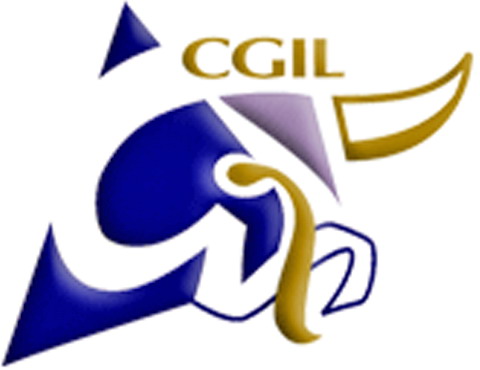Linkage disequilibrium (LD) and linkage analyses have been used extensively to identify
quantitative trait loci (QTL) in human and livestock. Owing to the recent developments
in sequencing and genotyping technologies, very dense marker maps are now available.
Simulation is a very useful tool for assessing and validating new methods for genomic
studies at low cost. During the last few decades, simulation has played a major role in
answering a wide variety of questions in genomics. Several software have been developed for simulating
genomes especially in human research. However most of the developed software tools do
not provide functionality required for many of the applications in livestock.
QMSim was developed to simulate large scale genomic data in livestock populations.
QMSim is a family based simulator, which can also take into account predefined
evolutionary features, such as LD, mutation, bottlenecks and expansions. The simulation is
basically carried out in two steps: In the first step, a historical population is simulated
to establish mutation-drift equilibrium and, in the second step, recent population structures are
generated, which can be complex. QMSim allows for a wide range of parameters to be
incorporated in the simulation models in order to produce appropriate simulated data.
Simulates historical generations to establish mutation-drift equilibrium and create linkage disequilibrium.
Recombination is appropriately modeled. Interference is allowed.
Multiple chromosomes, each with different or similar density of markers and QTL maps, can be generated.
Very dense marker map and also sequence data can be simulated.
Missing genotypes and genotyping errors can be simulated.
Markers can be either SNP or microsatellites.
Males and females can have different genome length in cM.
Unbalanced sex ratio is also allowed in historical populations.
Additive QTL effects can be simulated with different distributions, such as gamma, normal or uniform.
In addition to QTL effects, polygenic effect can be included.
After mutation-drift equilibrium, polymorphic marker panel with pre-defined MAF threshold and QTL can be selected.
16-bit mode allows for assigning unique alleles to each founder.
Complete linkage disequilibrium in the first historical generation can be generated.
Calculates LD decay in specified generations.
Population expansion or bottleneck is allowed for both historical and recent populations.
Selection and culling of breeding population can be carried out based on different criteria, such as phenotypes, estimated breeding values (can be calculated and inputted by the user) and true breeding values.
More than one litter size with predefined probabilities can be considered.
Multiple recent populations or lines can be simulated. Crossing between populations or lines is allowed.
Multiple populations can be analyzed jointly for estimating breeding values and computing inbreeding.
Creates detailed output files. Outputs can be customized to avoid saving unnecessary data.
Equipped with fast and high-quality pseudo-random number generators.
Computationally efficient.
Sargolzaei, M. and F. S. Schenkel. 2009. QMSim: a large-scale genome simulator for livestock.
Bioinformatics, 25: 680-681. First published January 28, 2009, doi:10.1093 /bioinformatics/btp045
 Centre for Genetic Improvement of Livestock
Centre for Genetic Improvement of Livestock
 Centre for Genetic Improvement of Livestock
Centre for Genetic Improvement of Livestock